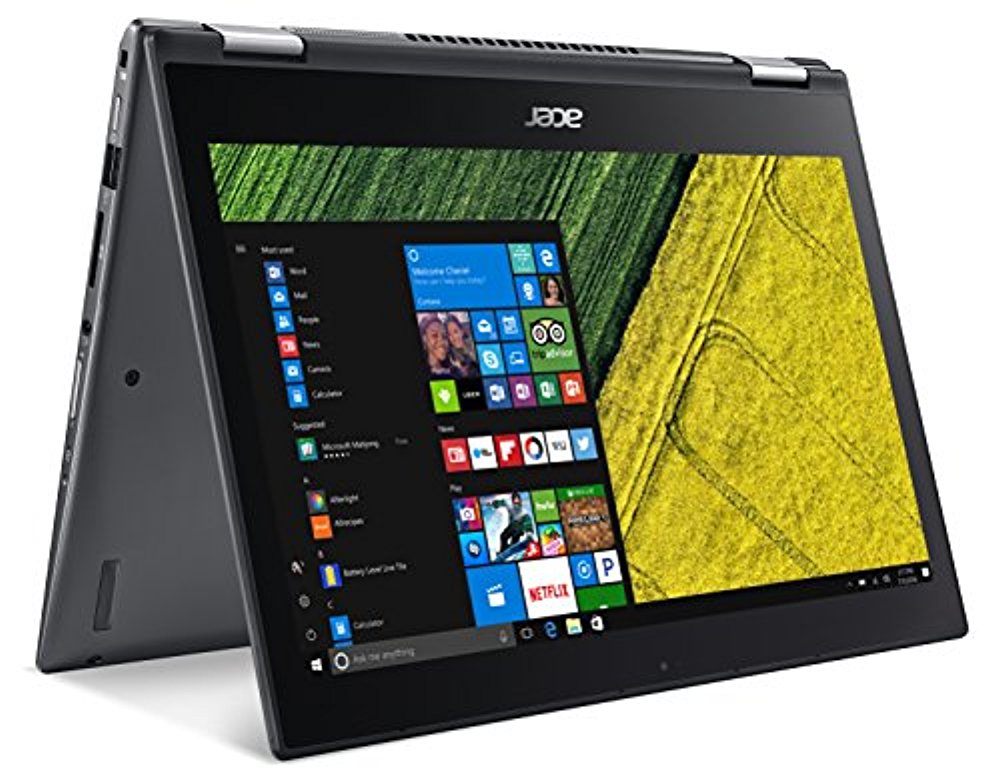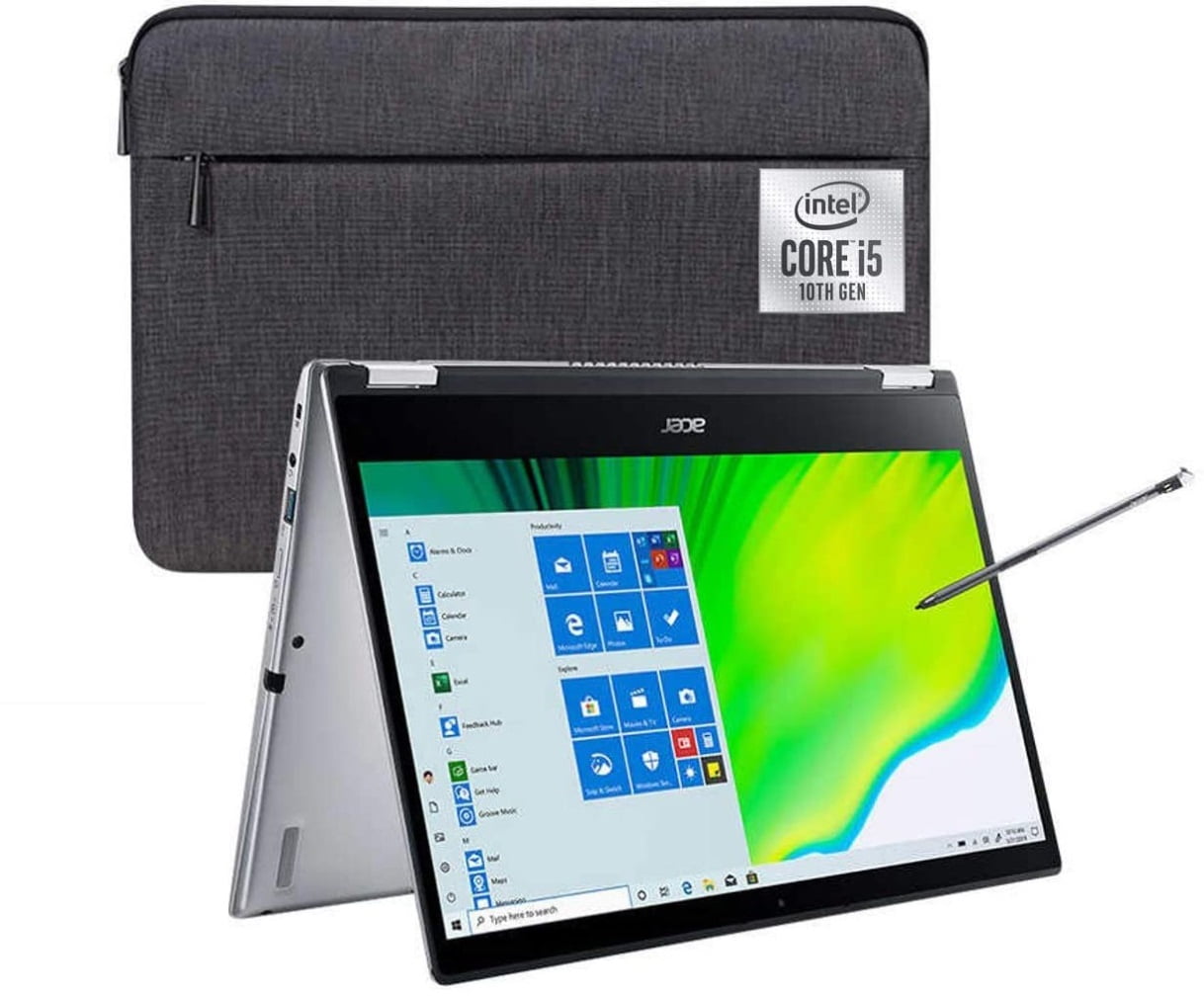

While you can download Android apps from the Play Store, but I found most to be janky and poorly optimised for desktop use. These just wouldn’t open on ChromeOS and I was stuck with using a preview window within Chrome, which I found very inconvenient.įor the rest of my work, and this includes basic image editing, ChromeOS proved to be more than adequate. Given the nature of my work, I sometimes need to deal with encrypted Word documents, the type that large organisations sometime use to prevent sharing, printing, etc. This much I expected, but what I didn’t expect was that I’d run into trouble when opening certain types of Word documents. Pen drives and other USB SSDs worked without issue, and I could even play back most audio/video formats with ease using apps like VLC. Online image editing and management apps just don’t cut it. The lack of Photoshop and Capture One support really did hurt, though, and it’s for those apps that I still needed to keep returning to my Mac. Switching to Chrome for a couple of weeks was never going to be a challenge, and I found Google Drive, Docs, and Sheets to be adequate for most of my work. My browser of choice is Safari - I just like how seamlessly it syncs across my Apple devices, and I rarely use Google Docs - and I really couldn’t function without Microsoft Office, Capture One, and Photoshop. I’m one of those rare users who barely touches Google Chrome.

You can live with Chrome if you don’t need apps A Chromebook runs the Google-built ChromeOS, after all, which is essentially an OS built around the Google Chrome browser. The only devices I’ve found that are just as responsive in everyday use are the Apple iPad Pro and M1 Pro-powered MacBook Pro.Īs with both Apple devices, I suspect this smoothness and fluidity I’m experiencing with the Spin 514 is courtesy of Google’s optimisations.


 0 kommentar(er)
0 kommentar(er)
